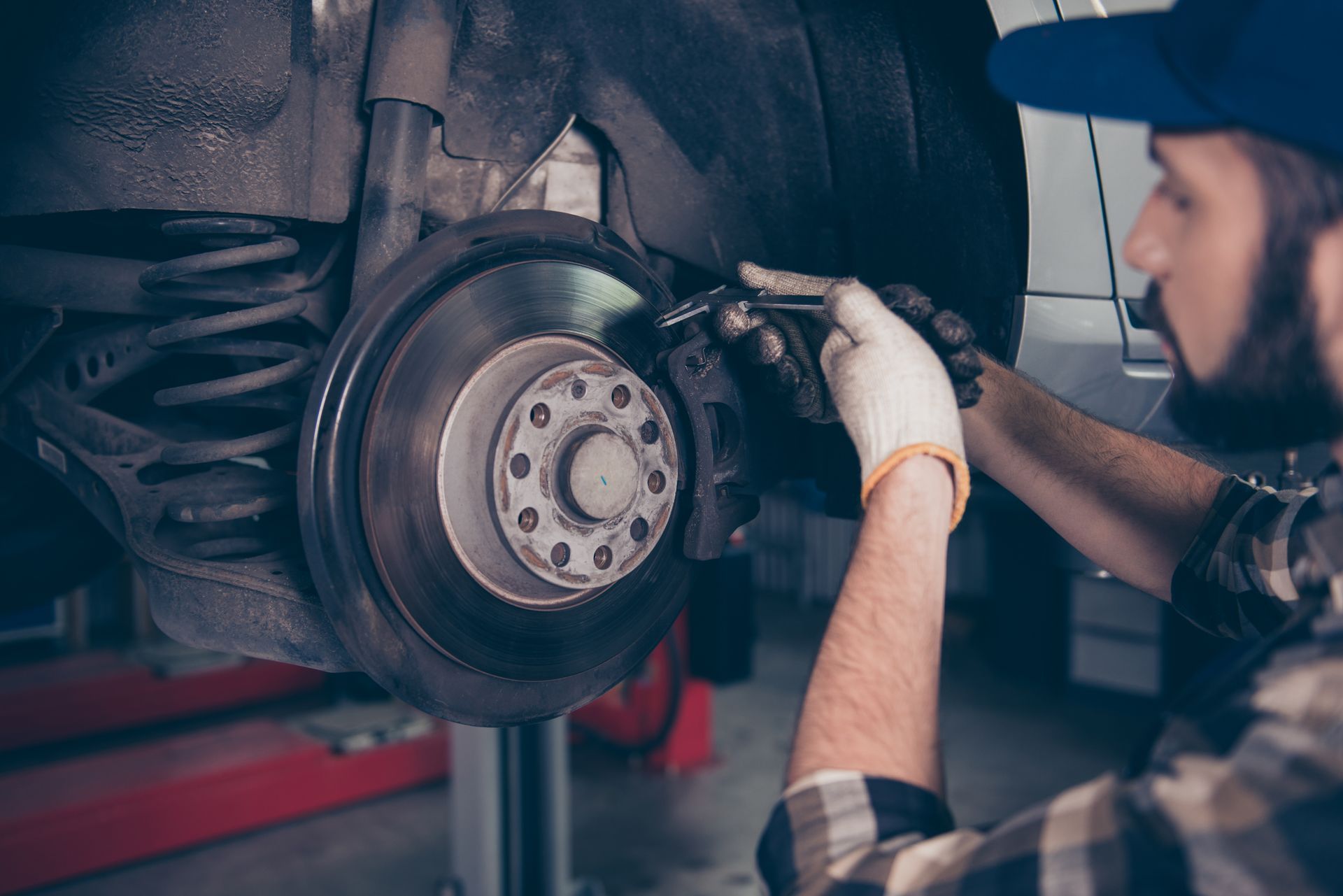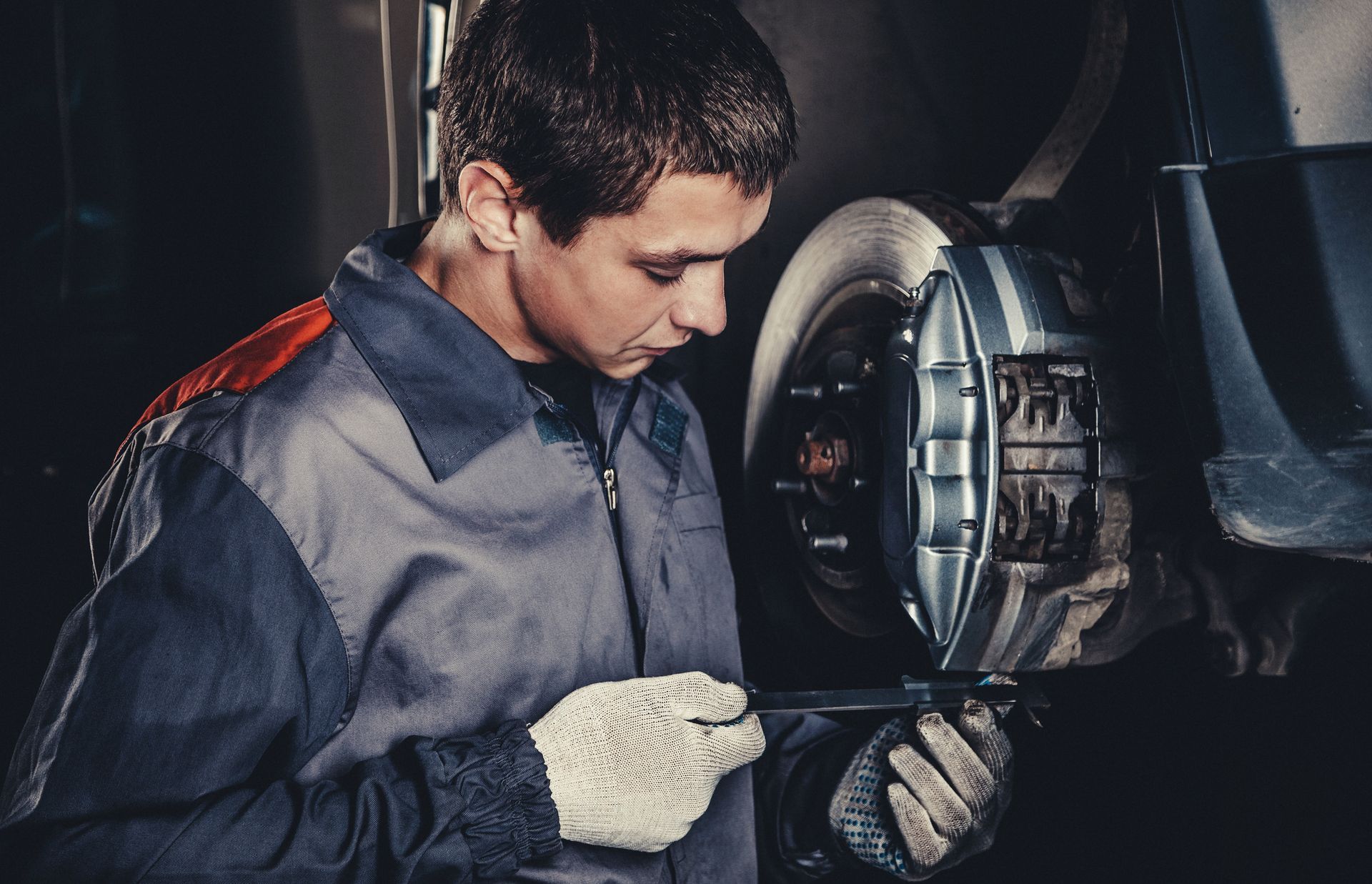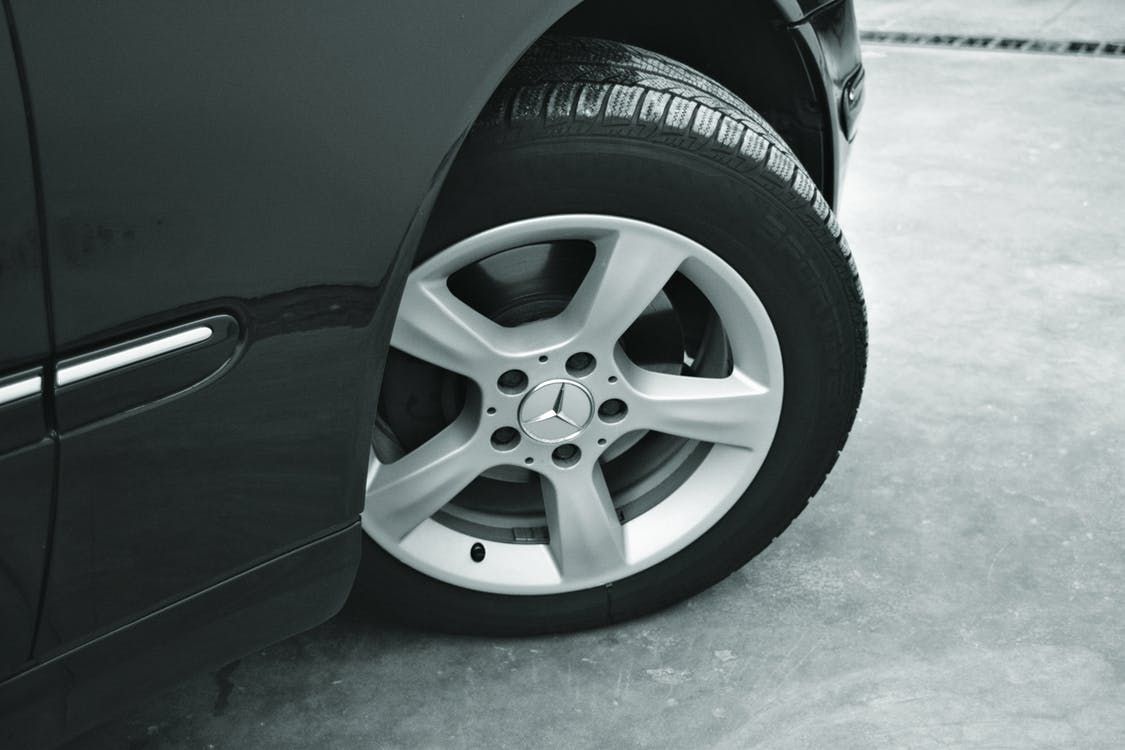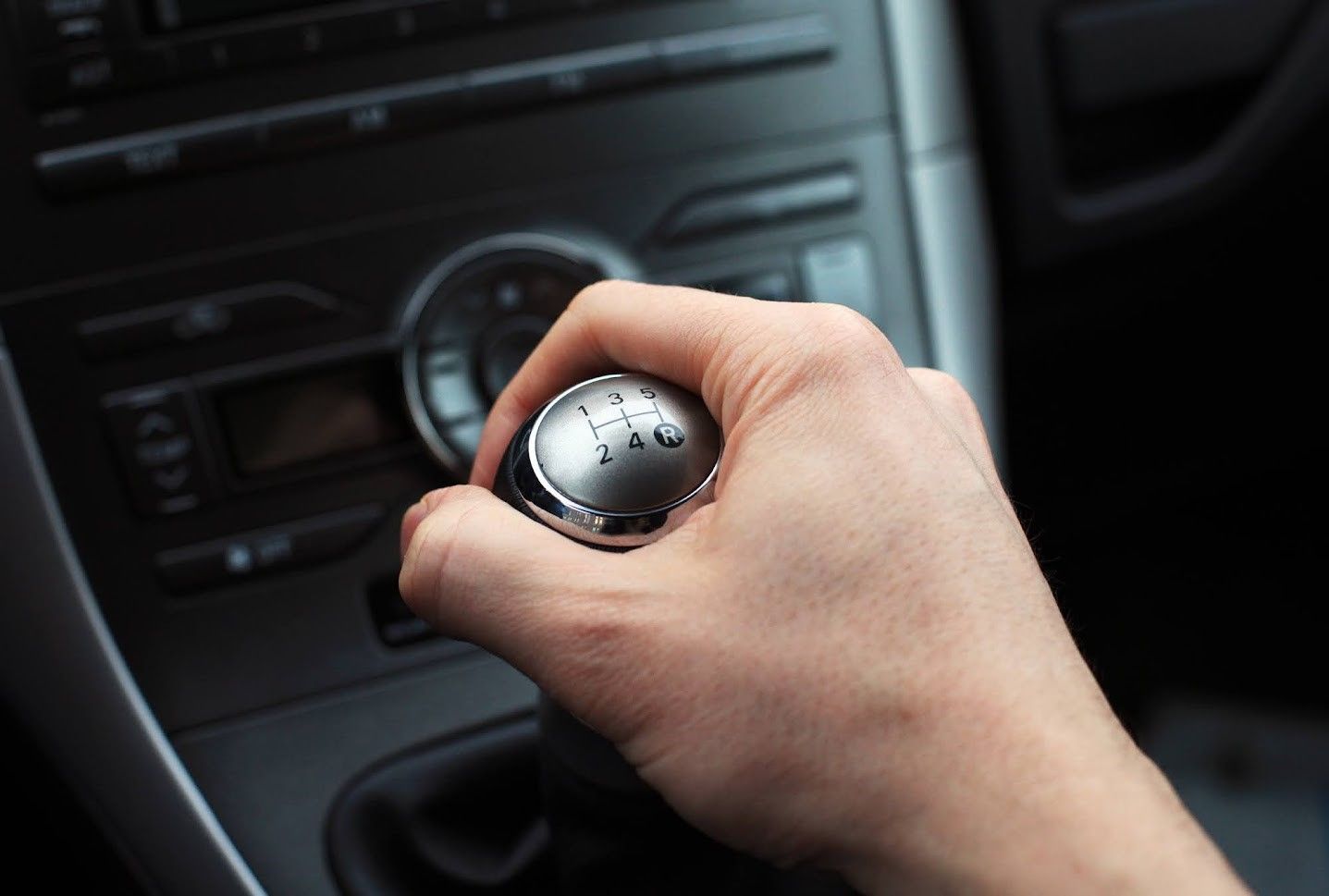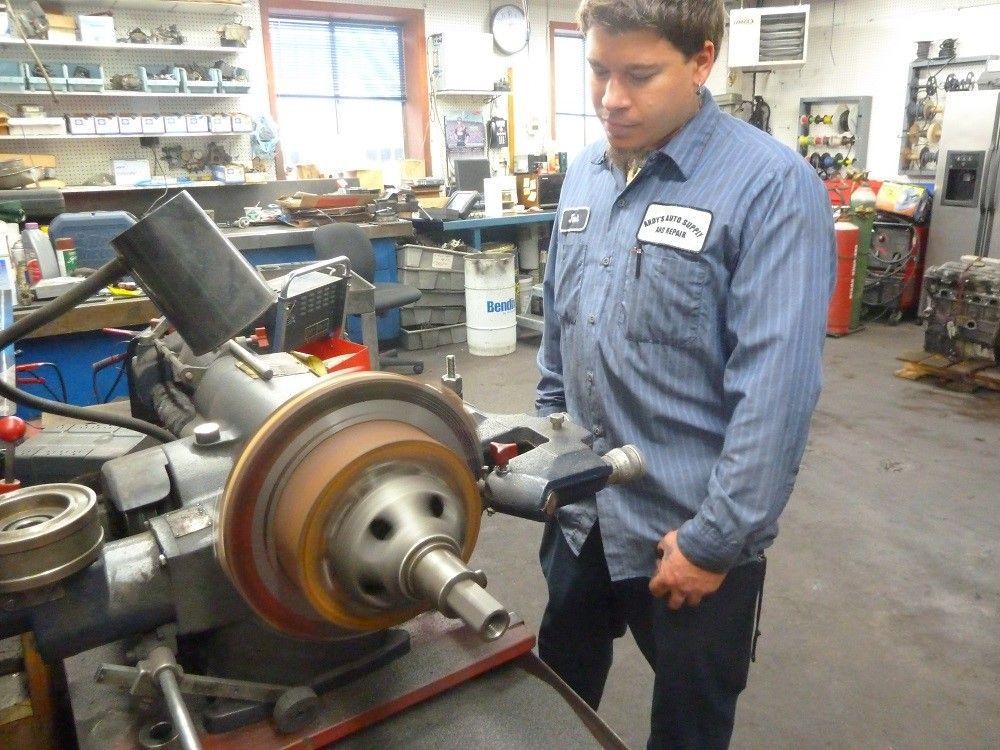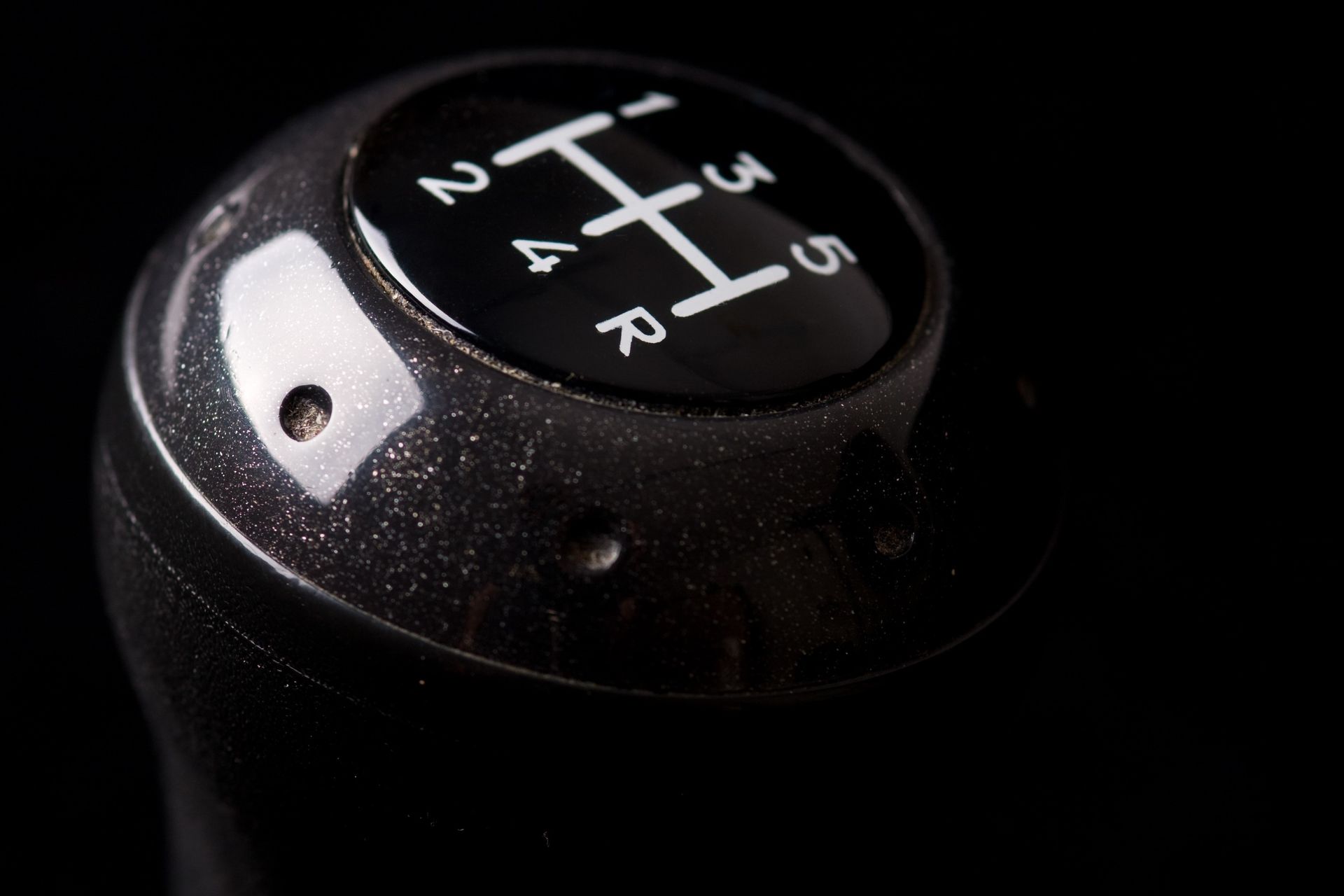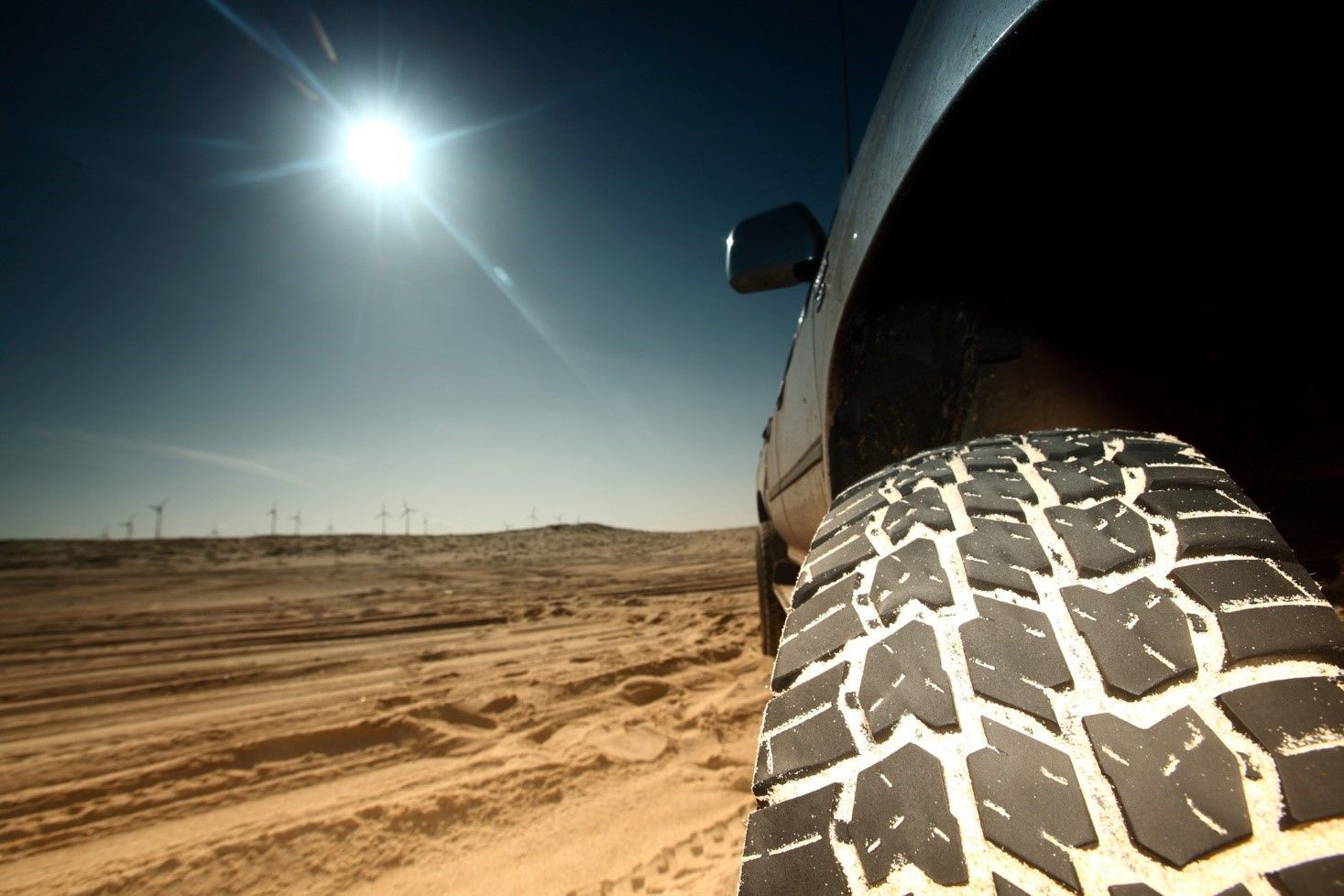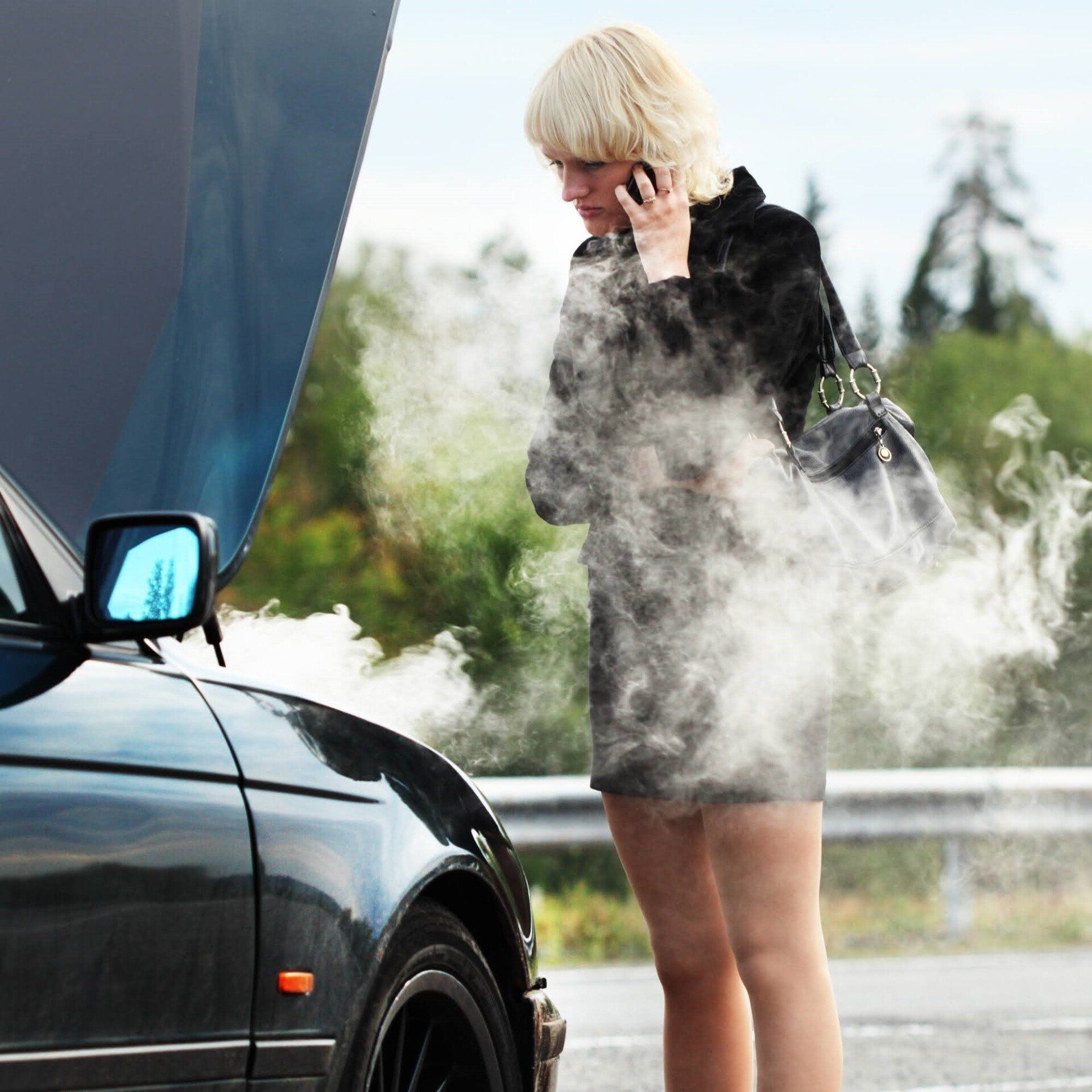Is Excessive Brake Dust Something to Worry About?

Some types of brake pads naturally produce some dust as they work. The friction between a pad and its rotors shears off some of the pad's surface whenever you apply your brakes. This dust falls away and often ends up on your wheels where it leaves a visible dusty residue.
While some brake pad dust is normal, excessive dust is sometimes more of a concern. Why?
EXCESSIVE BRAKE DUST CAN DAMAGE TYRES
Given the position of your brake pads, their dust naturally settles on your wheels as it falls. The dust discolours tyres. It also settles on the rims.
While you can clean dust off, this gets harder if you don't move quickly. Heat can bake brake dust onto metal and alloy rims where it sets into place. The surface will look streaked and dirty even if you clean your car regularly. The dust will become hard to shift with regular cleaning products.
You don't just have a cosmetic problem here. Brake pad dust often contains abrasive materials, such as tiny bits of metal. It can scratch your rims and damage their surface. Left untreated, the damage might get so bad that you need to have the rims resurfaced or replaced.
EXCESSIVE BRAKE DUST CAN BE HARMFUL
Brake dust contains substances that can be harmful. The metal particles in this dust contribute to air pollution, which can be a problem if you drive in urban areas. If your pads create a lot of dust, then some of it will be released into the environment.
Plus, brake dust can have negative effects on people's respiratory systems. It can trigger asthma attacks and increase the risk of respiratory infections. You don't want to be breathing in this dust for prolonged periods of time.
EXCESSIVE BRAKE DUST CAN BE A SIGN OF DAMAGED BRAKES
Sometimes, your brake pads start to release more dust because you have a problem in your braking system. This can be down to the dust itself or by a damaged, misplaced or stuck part.
For example, you're likely to see more brake dust on your wheels if your brake's rotor has a problem. If the surface of the rotor isn't smooth, then it will scrape its brake pads more roughly. The pads will release more dust because the rotor puts too much stress on them.
If you don't address the underlying rotor issue here, then your brakes might stop working efficiently as the damage worsens. A pad won't get the right level of contact with the rotor when you brake, so your brakes might not respond as fast or effectively as you need them to.
Excess dust can also be a sign that something in your system has moved out of position or no longer moves freely. This can be a caliper or pin problem. If either of these parts gets stuck, then your brake pads won't apply correctly. Again, this affects your car's ability to slow down and stop safely.
If you have excess brake dust on your wheels or are worried about air pollution levels, then switching to a different type of brake pad should help. If your pads aren't great quality or are made from materials that shed more dust, then you can change to a higher-quality pad that creates less dust, such as ceramic products, which should solve your problem.
However, if you only see a lot of dust on certain wheels, then you might have an underlying problem that needs urgent repair. If parts of your braking system are stuck and not working correctly, then your brakes might not be safe.
To find out what you need to do to sort out your brake dust problem, contact the experts at Stopmaster Brakes Service Pty Ltd.

